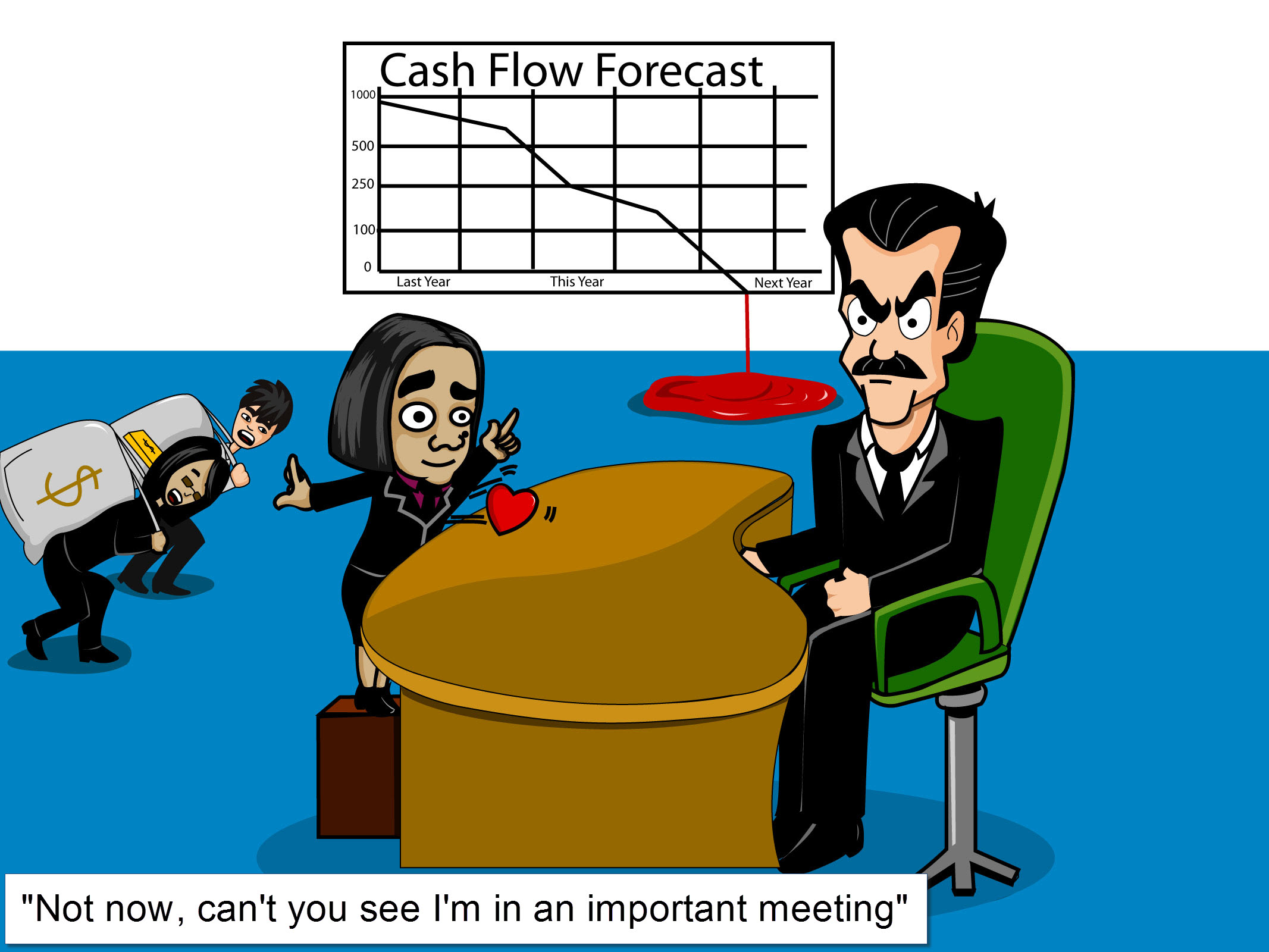“Feedback Fitness” reflects the degree to which an organisation can expect to receive thoughtful, honest criticism and praise from its employees. Addressing the level of Feedback Fitness within an organisation can save time, money and frustration as well as significantly improving the quality of data collected from staff and the effectiveness of decisions made from the data.
It is becoming more and more popular for companies to seek the opinion of their workforce, whether it is via the “water cooler” and other informal means, or the formal processes of Engagement, Exit, Culture, Staff satisfaction and other methods of feedback extending to the more personal and emotive systems such as 360 degree feedback.
The individual and collective wisdom of the company is a free and awesome tool that can offer incredible insight and potentially game changing ideas and suggestions. However relatively few organisations take the time to understand the validity of the feedback data, never mind the feedback system, and what they might do to improve it.

There are three factors that influence the quality of any organisational feedback:
1. Feedback Fitness: How giving and forgiving are our staff with those around them
2. Feedback system: How easy do we make it for them to provide feedback
3. Feedback requested: How good are the questions we are asking
![]()
1) Feedback Fitness. The ability of individuals and groups to respond honestly, knowledgably and openly. The issues that affect the quality of feedback fitness include;
Leadership
How engaged is the leadership of the company in encouraging open and honest feedback. Without leadership that “walks the talk” any programme involving the use of feedback will be unlikely to achieve its aims. This means not just actively giving and receiving feedback, but actually being seen to act upon it.
Communication
The greater the opportunity for formal and informal systems of feedback within an organisation, the more likely any programme involving feedback will be successful. Where are the opportunities for staff to provide feedback? What are they? How well are they maintained?
Competence
The individual skills to both elicit and provide good quality feedback are usually considered a meta –competence (a competence without which any other. What do we need to be good at and why. Competence should be clear and understood throughout the company. It should spring directly from the strategy of the organisation and reflect the culture and the marketplace in which the company is competing.
Care
How much does the company show that it cares and acts upon individual and group opinion. How does It support the growth and development of each member of staff, and how is the development perceived by those taking part?
Measurement
What, if anything, is measured in terms of the quality and quantity of feedback? How is it communicated? How is it acted upon?
If this article has struck a chord and you would like to know more about testing for Feedback Fitness we’d be delighted to discuss our Behave! model with you. Why not take our free test (3 minutes) to see how Feedback Fit your organisation might be?


